Departures _ 2006 – 2009
“Departures” explores the “departure” of the Athens international airport from
the area of Ellinikon, the “departure” of that age as well as the “departure”
of the associated aesthetic.
Shooting began in 2006 and continued throughout 2007 – 2009.
As long as it remains a ghost – airport the project will go on.
Ellinikon International Airport (IATA: ATH, ICAO: LGAT) sometimes spelled Hellinikon
(Greek: Ελληνικόν) was the international airport of Athens, Greece for sixty years
up until 2001, when it was replaced by the new Athens International Airport.
The grounds of the airport are located 7 kilometers (4.3 mi) south of Athens,
and just west of Glyfada. It was named after the village of Elliniko (Elleniko),
now a suburb of Athens. The IATA code formerly used for the airport is now in use
for the Eleftherios Venizelos International Airport.
The airport was built in 1938. The Nazis invaded Greece in 1941, and Kalamaki Airfield
(as the site was then known) was used as a Luftwaffe air base during the occupation.
After World War II, the Greek government allowed the United States to use the airport
from 1945 until 1993. Known as Hassani Airport in 1945, it was used by the
United States Army Air Forces as early as 1 October 1945, as a base of operations
for Air Transport Command flights between Rome, Italy and points in the Middle East.
By agreement with Greece, the USAF operated out of the airport for the next
four decades. In 1988, Greece decided not to extend the arrangement,
and the USAF concluded its operations there in 1991. The airport was the base
of operations of the Greek national carrier Olympic Airways.
The airport had two terminals: the West Terminal for Olympic Airways,
and the East Terminal for international flights. The East Terminal building was
designed between 1960 and 1969 by Finnish architect Eero Saarinen.
Before its closure, the airport was serving 12 million passengers per year.
The last aircraft to depart from Ellinikon was an Olympic Airways Boeing 737
bound for Thessaloniki.
The airport is bounded in the west by beaches, in the south by the Glyfada Golf Club
and the Ellinikon-Glyfada municipal boundary, and by residential area.
On 28th March 2001 five planes owned by Olympic Aviation departed without
passengers for the new Eleftherios Venizelos Airport and Ellinikon Airport closed.
In 2004, The Olympic Games sports of canoe/kayak slalom, field hockey, baseball
and softball were hosted in venues built at the airport site.
In 2005, Architects David Serero, Elena Fernandez and Phillipe Coignet won the
First Prize in the International Competition for the Design of a Metropolitan Park
in Hellinikon. The Greek State did not proceed with the implementation of the proposal.
In April 2011 the Olympic Airways Museum opened in the West Terminal,
including three airplanes that had been parked there since the airport’s closure.
The Athens radar center is still based at Ellinikon.
In 2011, Hellinikon S.A. a state-owned special purpose entity was founded to handle
the administration, management and development of the land, premises and facilities
of the former airport.
By 2012, government plans to attract investors and develop the site commercially
were eclipsing the proposed park, though nearby communities remained vocal
about their preference for a park.
The German daily Süddeutsche Zeitung ran an article on the former airport at
Ellinikon, calling it a prime real estate asset, three times the size of Monaco,
for which Qatar had expressed some interest.
It should be noted that the Qatari Diar Real Estate Company, established by the
Qatar Investment Authority, the sovereign wealth fund of the State of Qatar,
had initially participated in the bidding process but then withdrew from the tender,
causing great concern to the Greek government, a move that was preceded by the
withdrawal of American real estate mogul Donald Trump. However, a month later
Qatar rejoined the tender process seemingly with serious intent considering that
confidentiality and non-disclosure agreements were signed.
In January 2013, Cosco Group Chairman Capt. Wei Jiafu stated that a Chinese
fund had expressed interest in the development project at “the old airport”,
comparing it to such major development projects as the man-made island resort
project in Dubai.
As in everything that happens or is going to happen in Greece, here too there are
two ‘fronts’. On one side is the government and its effort to privatize major state
assets and on the other are local authorities and private organizations set up by
concerned citizens and local residents opposed to the sell-off and pushing for the
creation of a metropolitan park.
Recently, BBC News in an article on the privatization of Greek state assets wrote:
“One landmark asset slated for sale in October this year is the Hellinikon
Metropolitan Park. This is the vast former Olympic site on the coast.
Before that, part of the area was the old Athens airport. In total it is three times
the size of Monte Carlo. But it’s all been derelict for well over a decade.
Today, the abandoned airport stands as a contemporary monument to Greece’s
seeming inability to make use of its best assets. A new-look Athens waterfront
could be a turning point.”
Last Update
June 24th 2014
LAMDA Development presented today its detailed plans for the development of the
6.200-acre area of the former Athens airport at Hellinikon, following the company’s
selection as the preferred bidder for the acquisition of 100% of the shares of
Hellinikon S.A.
The proposal is backed by the Global Investment Group, which apart from the Latsis
group further comprises the Chinese company Fosun and Abu Dhabi’s Al Maabar.
The project’s overall cost is estimated at 8 billion euros.
Sources:
http://en.wikipedia.org/wiki/Ellinikon_International_Airport
http://www.bbc.co.uk/news/business-23290392
http://www.elliniko-argyroupoli.gr/article.php?id=2569
http://www.lamdadev.com

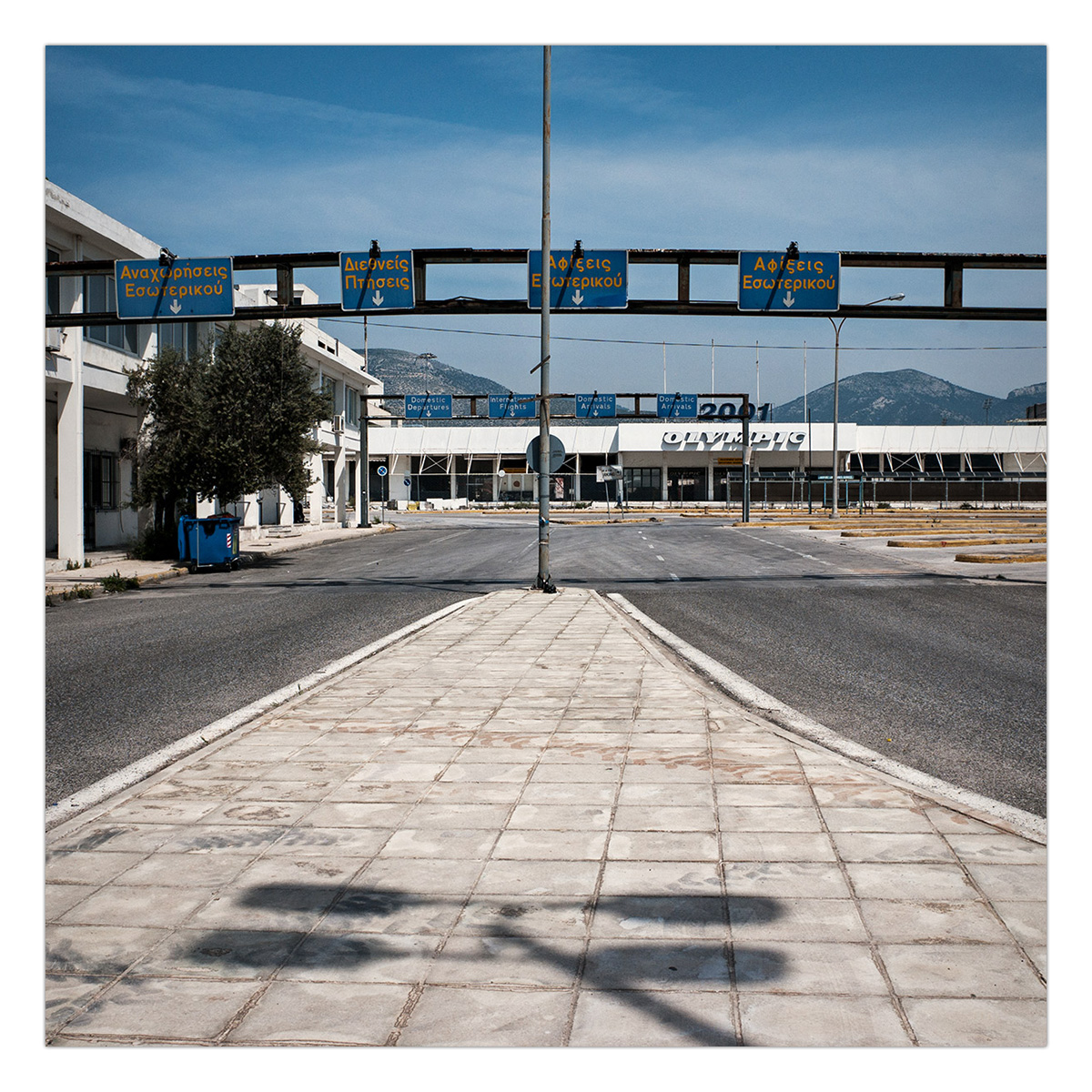 Departures | 2006 - 2009 | 1/52
Departures | 2006 - 2009 | 1/52 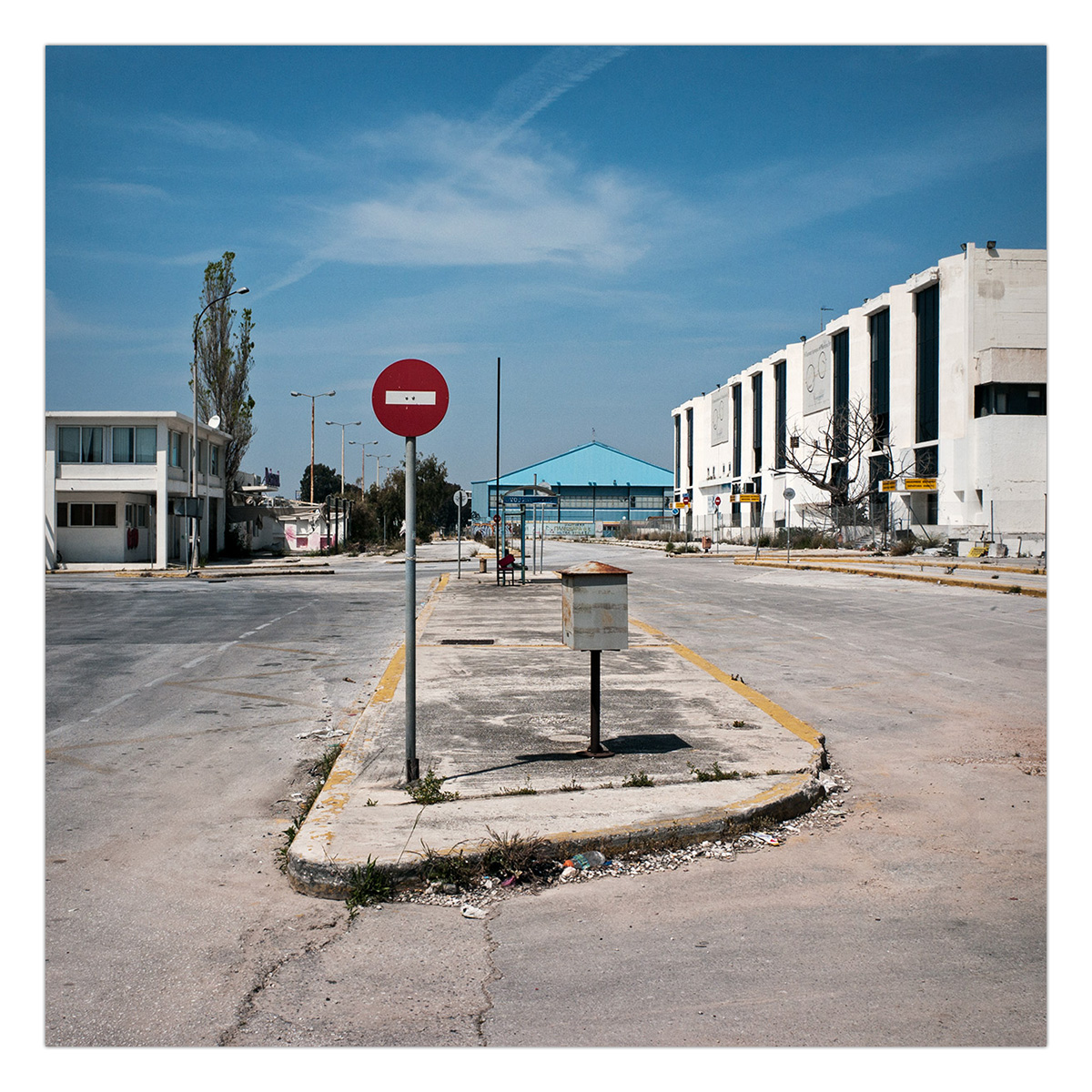 Departures | 2006 - 2009 | 2/52
Departures | 2006 - 2009 | 2/52 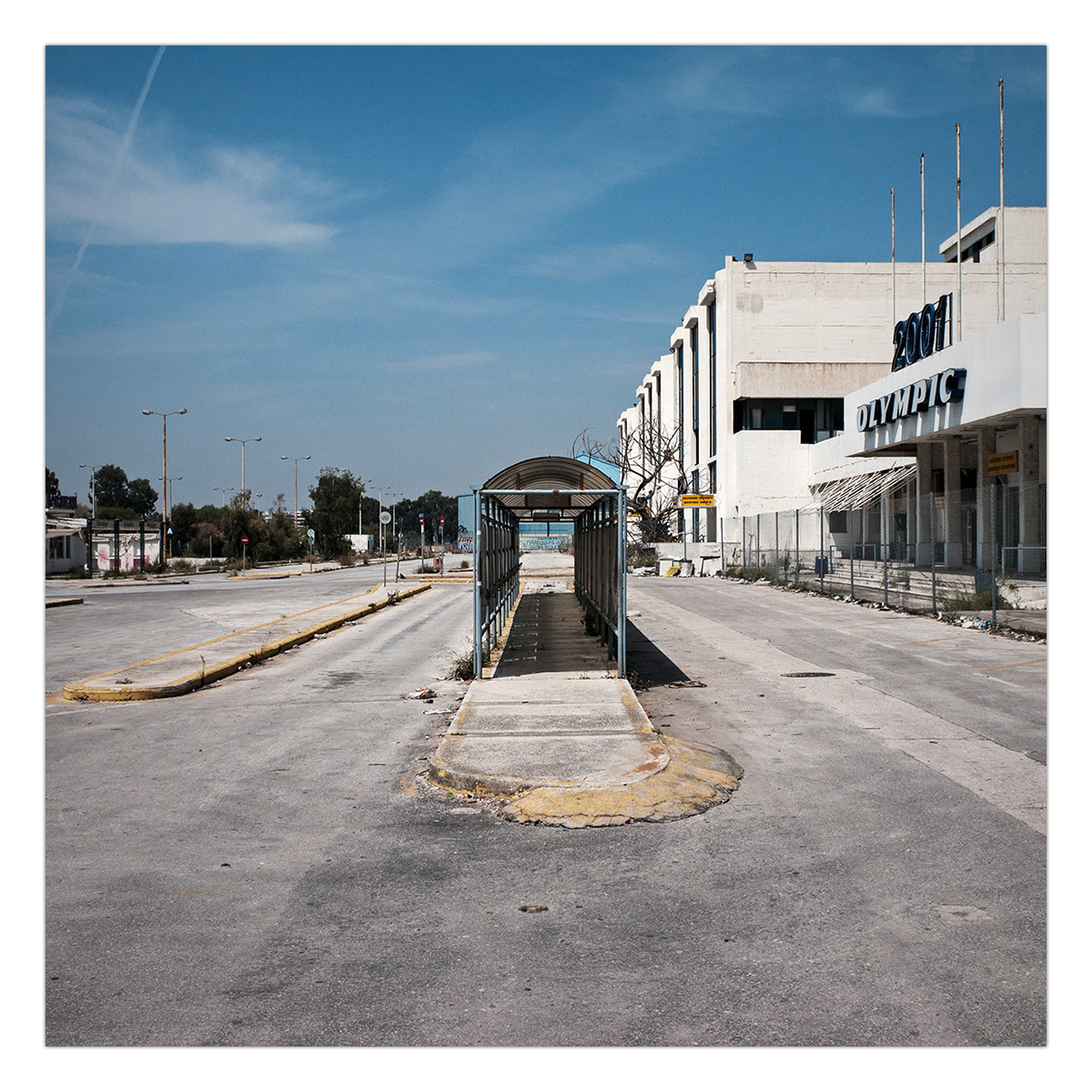 Departures | 2006 - 2009 | 3/52
Departures | 2006 - 2009 | 3/52 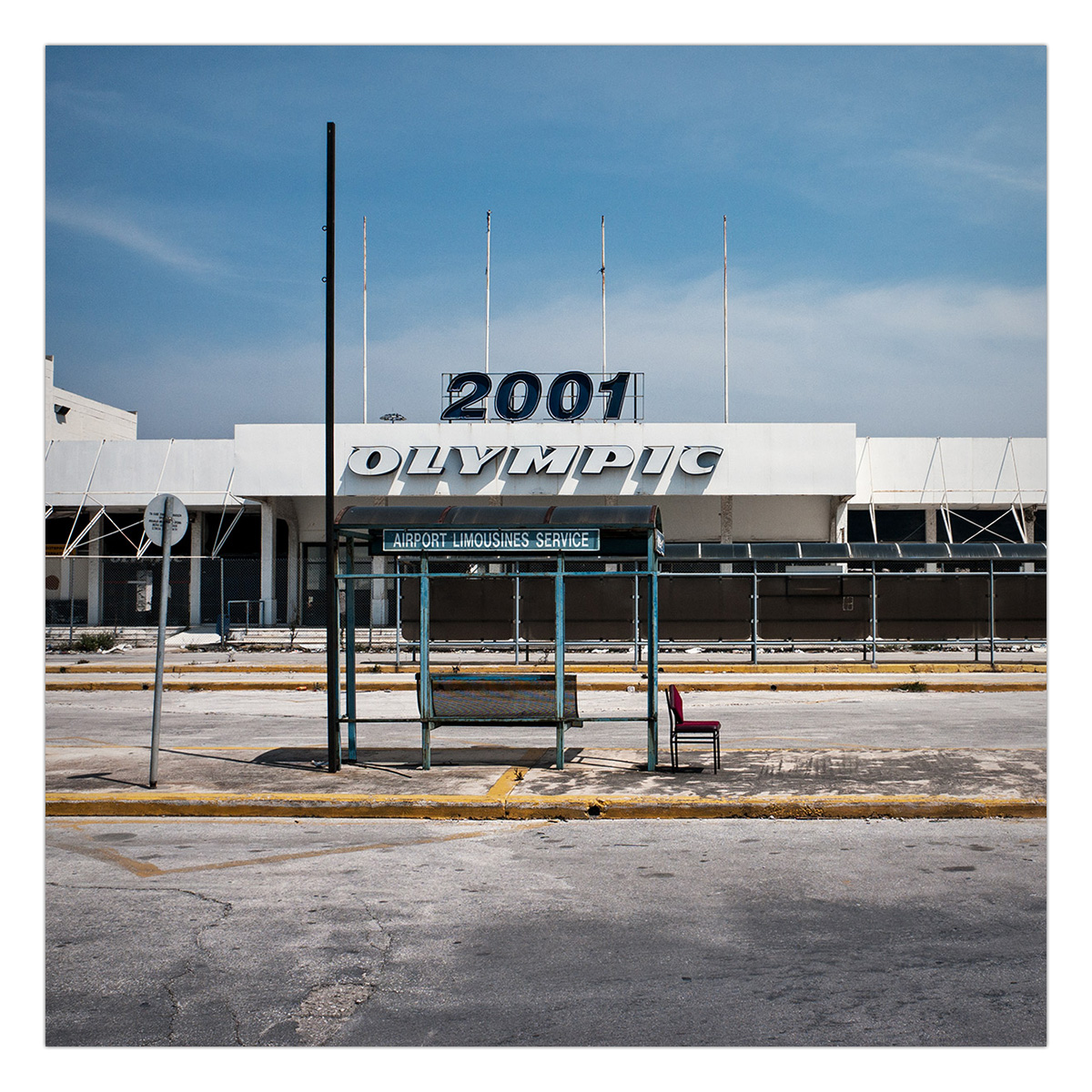 Departures | 2006 - 2009 | 4/52
Departures | 2006 - 2009 | 4/52  Departures | 2006 - 2009 | 5/52
Departures | 2006 - 2009 | 5/52  Departures | 2006 - 2009 | 6/52
Departures | 2006 - 2009 | 6/52  Departures | 2006 - 2009 | 7/52
Departures | 2006 - 2009 | 7/52 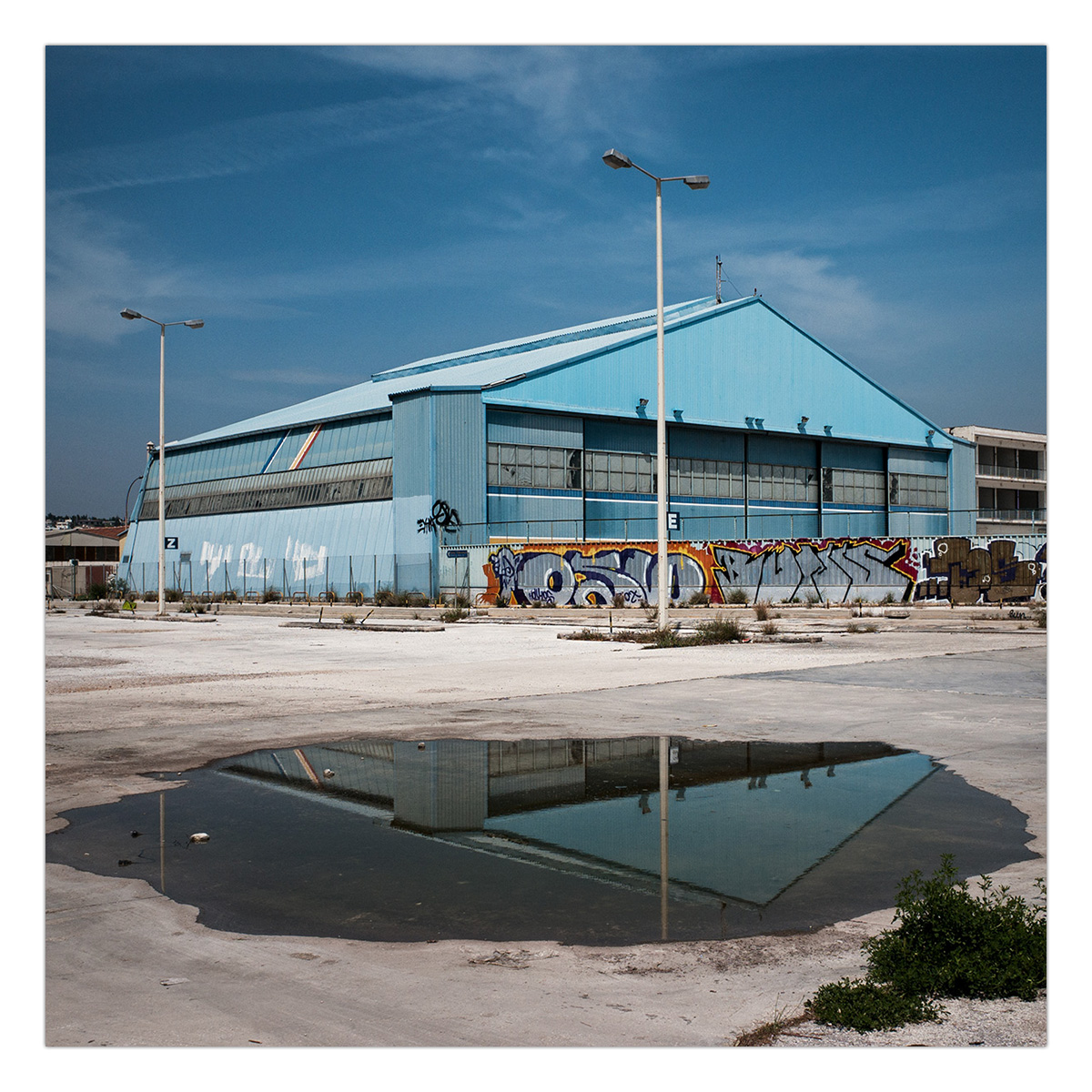 Departures | 2006 - 2009 | 8/52
Departures | 2006 - 2009 | 8/52  Departures | 2006 - 2009 | 9/52
Departures | 2006 - 2009 | 9/52 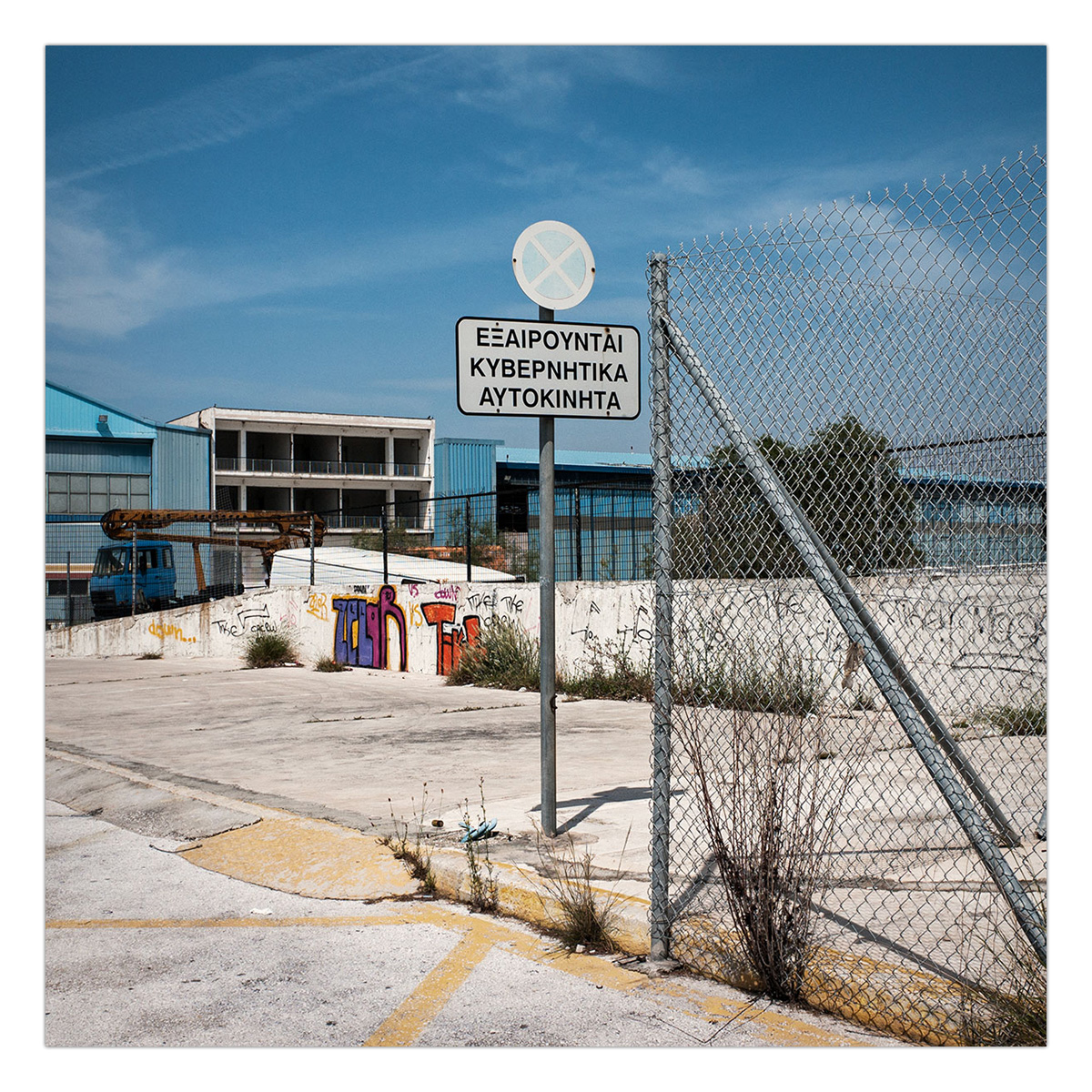 Departures | 2006 - 2009 | 10/52
Departures | 2006 - 2009 | 10/52  Departures | 2006 - 2009 | 11/52
Departures | 2006 - 2009 | 11/52 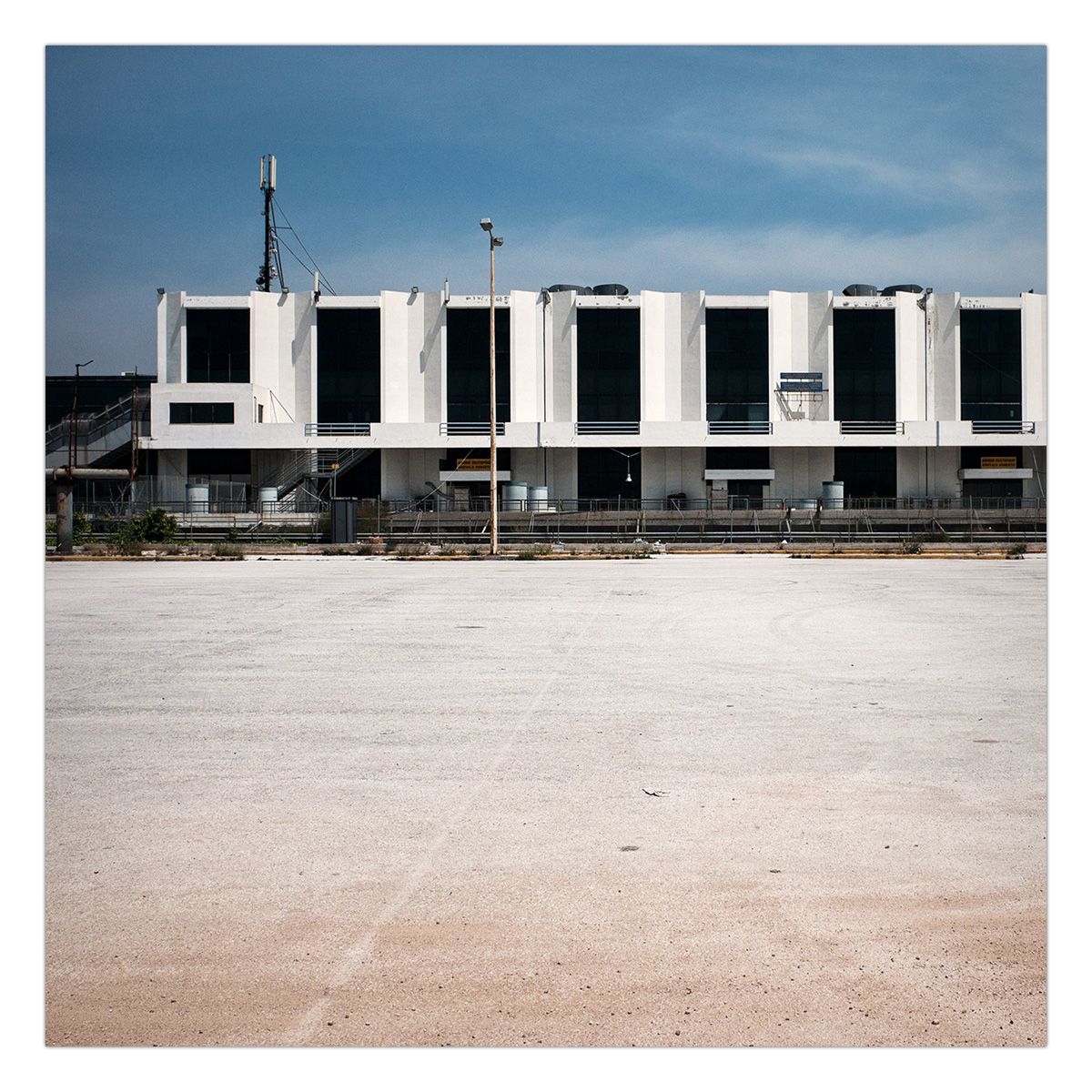 Departures | 2006 - 2009 | 12/52
Departures | 2006 - 2009 | 12/52  Departures | 2006 - 2009 | 13/52
Departures | 2006 - 2009 | 13/52 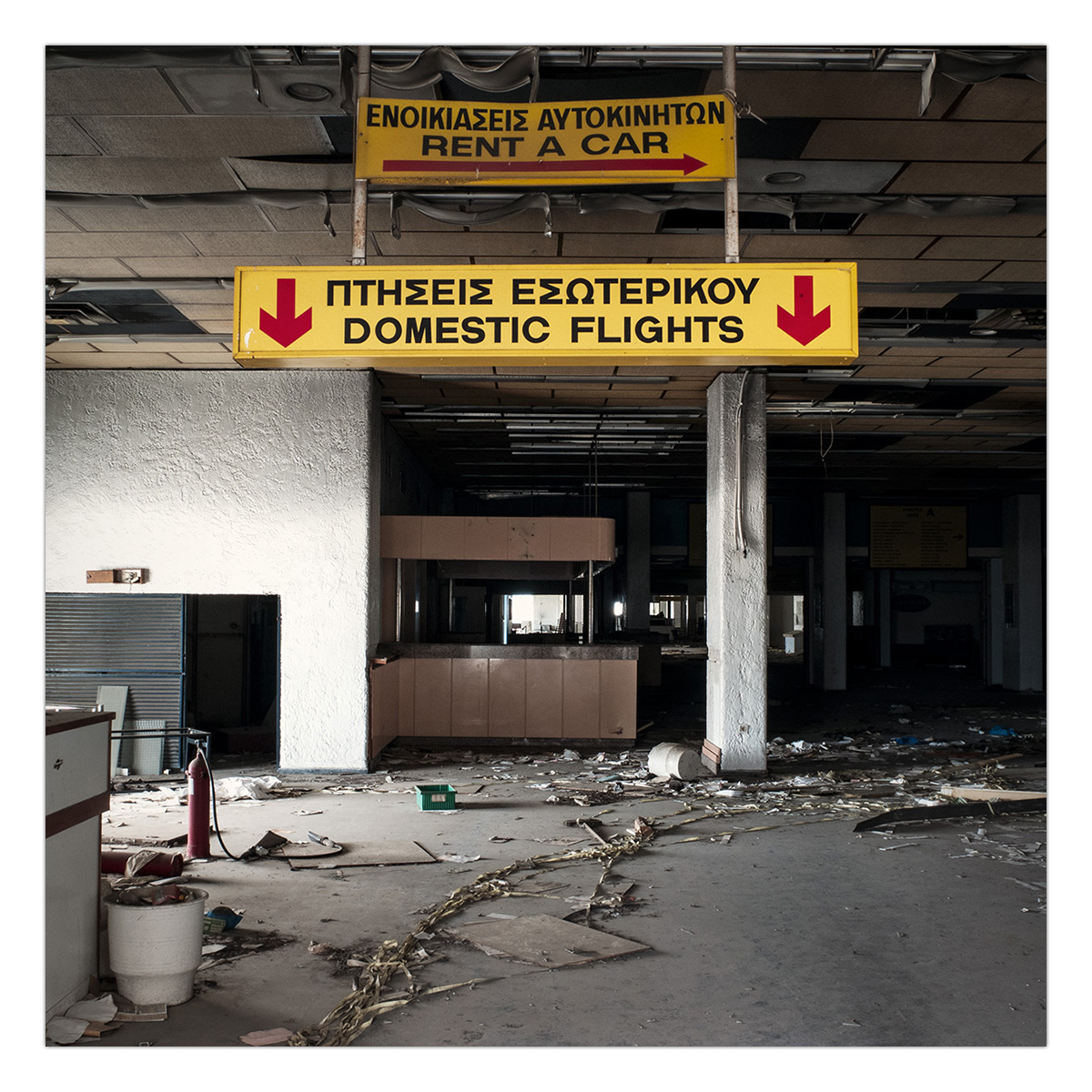 Departures | 2006 - 2009 | 14/52
Departures | 2006 - 2009 | 14/52  Departures | 2006 - 2009 | 15/52
Departures | 2006 - 2009 | 15/52 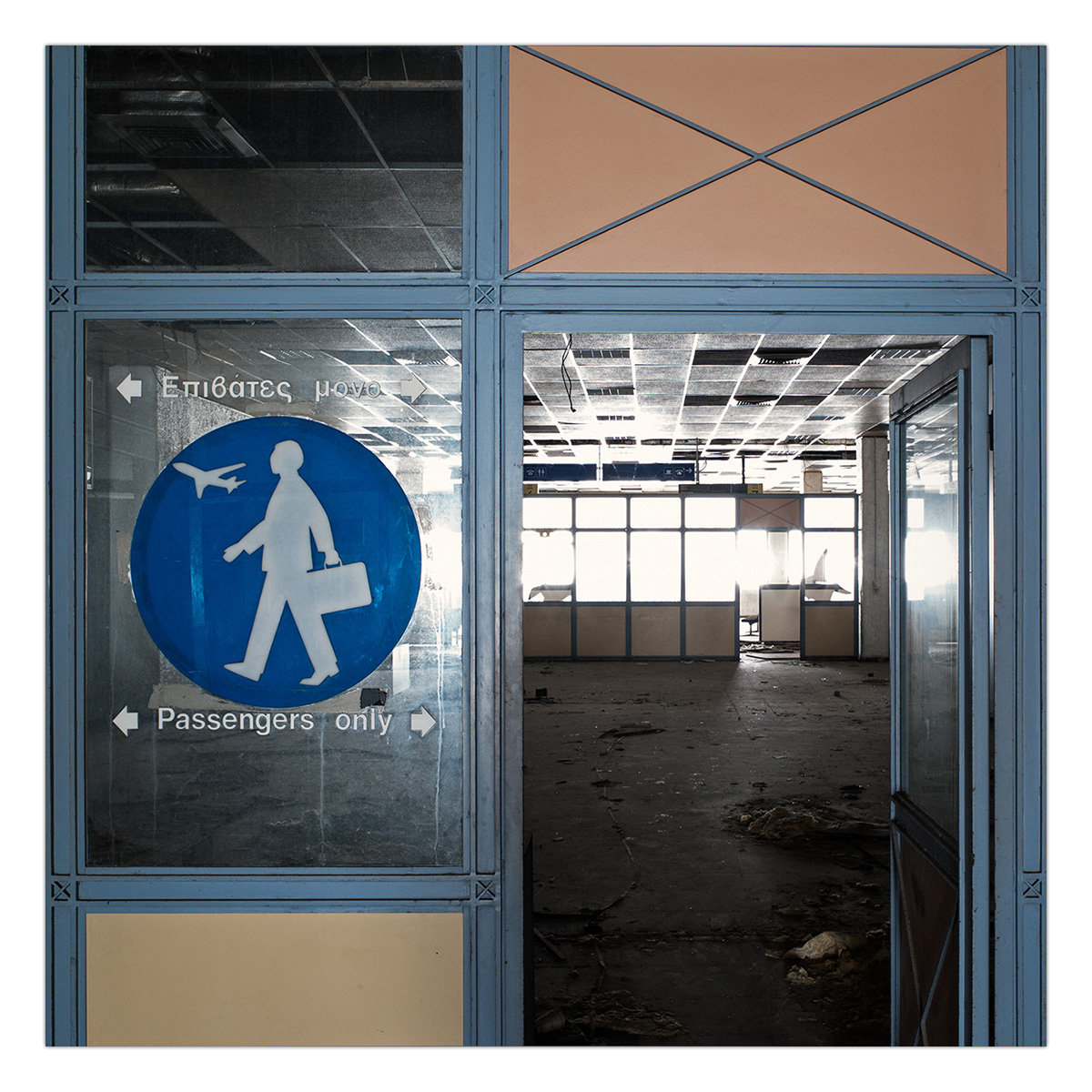 Departures | 2006 - 2009 | 16/52
Departures | 2006 - 2009 | 16/52  Departures | 2006 - 2009 | 17/52
Departures | 2006 - 2009 | 17/52  Departures | 2006 - 2009 | 18/52
Departures | 2006 - 2009 | 18/52 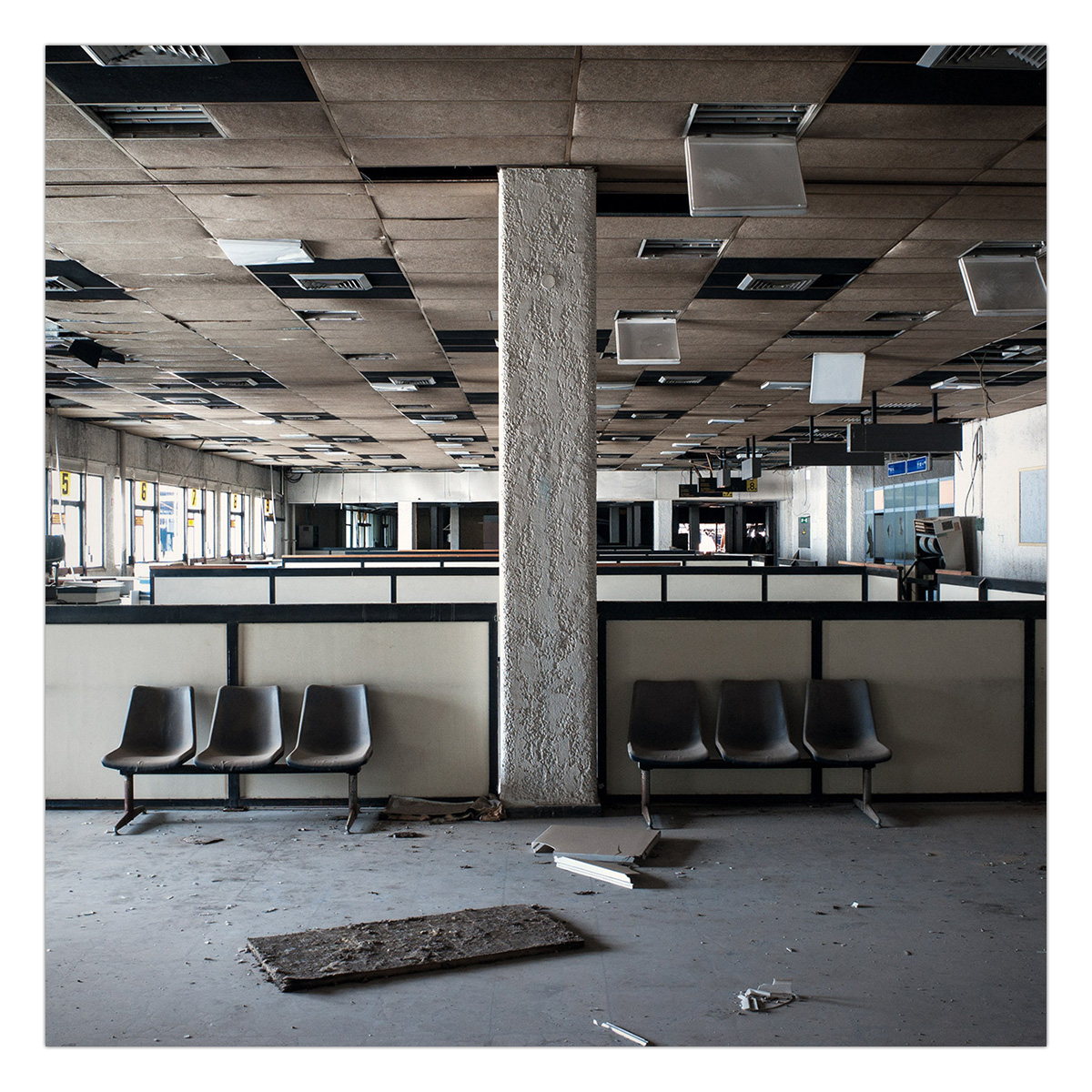 Departures | 2006 - 2009 | 19/52
Departures | 2006 - 2009 | 19/52  Departures | 2006 - 2009 | 20/52
Departures | 2006 - 2009 | 20/52  Departures | 2006 - 2009 | 21/52
Departures | 2006 - 2009 | 21/52 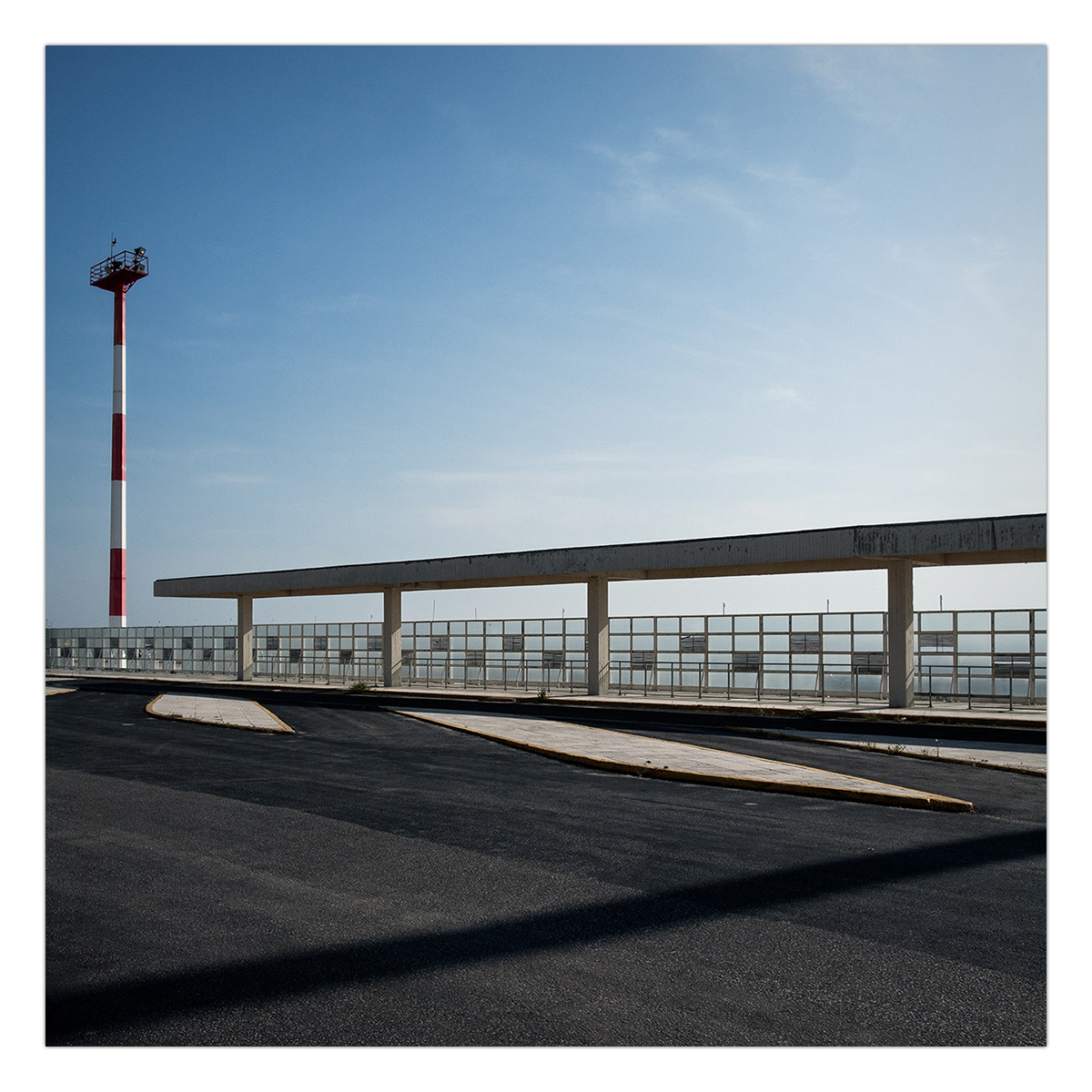 Departures | 2006 - 2009 | 22/52
Departures | 2006 - 2009 | 22/52 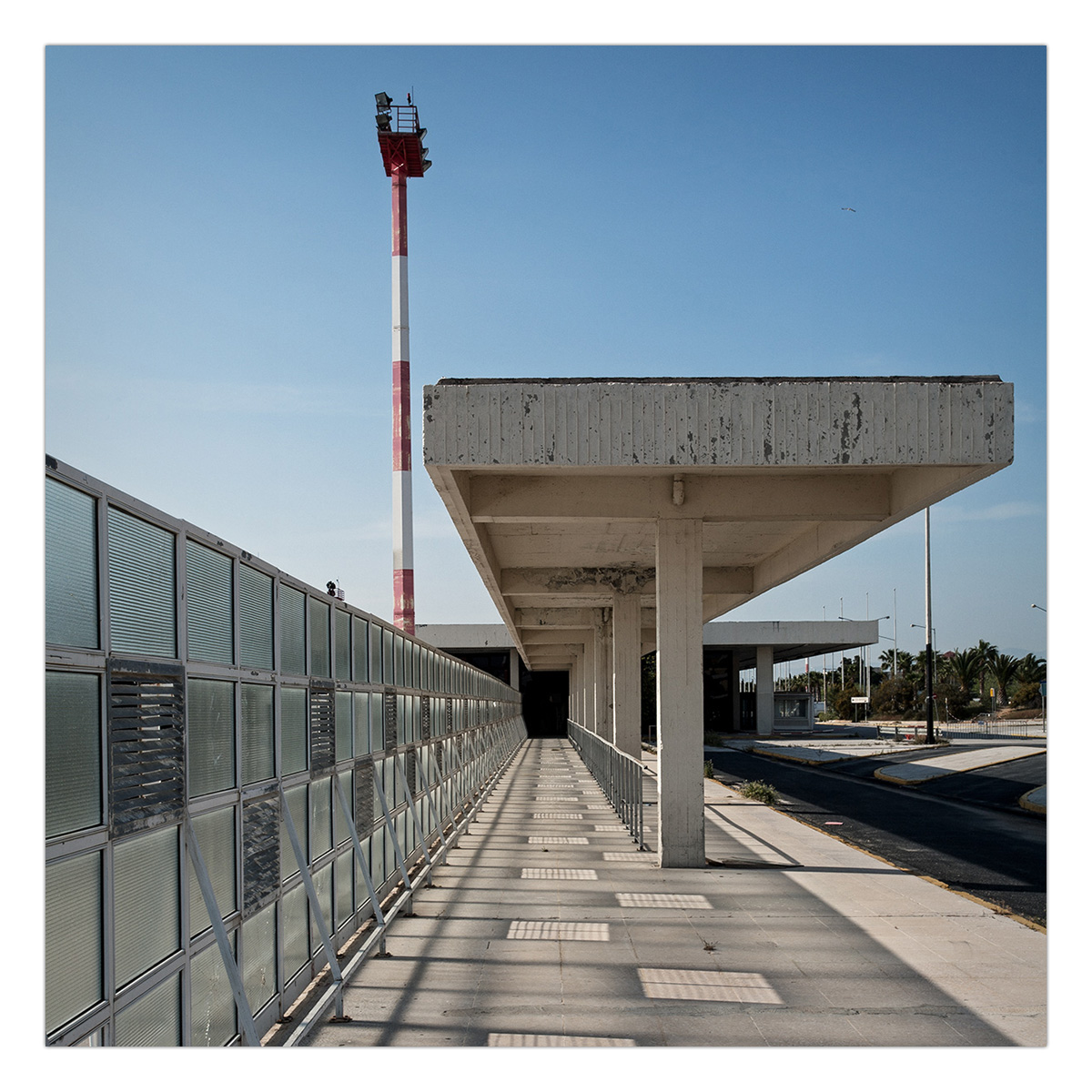 Departures | 2006 - 2009 | 23/52
Departures | 2006 - 2009 | 23/52 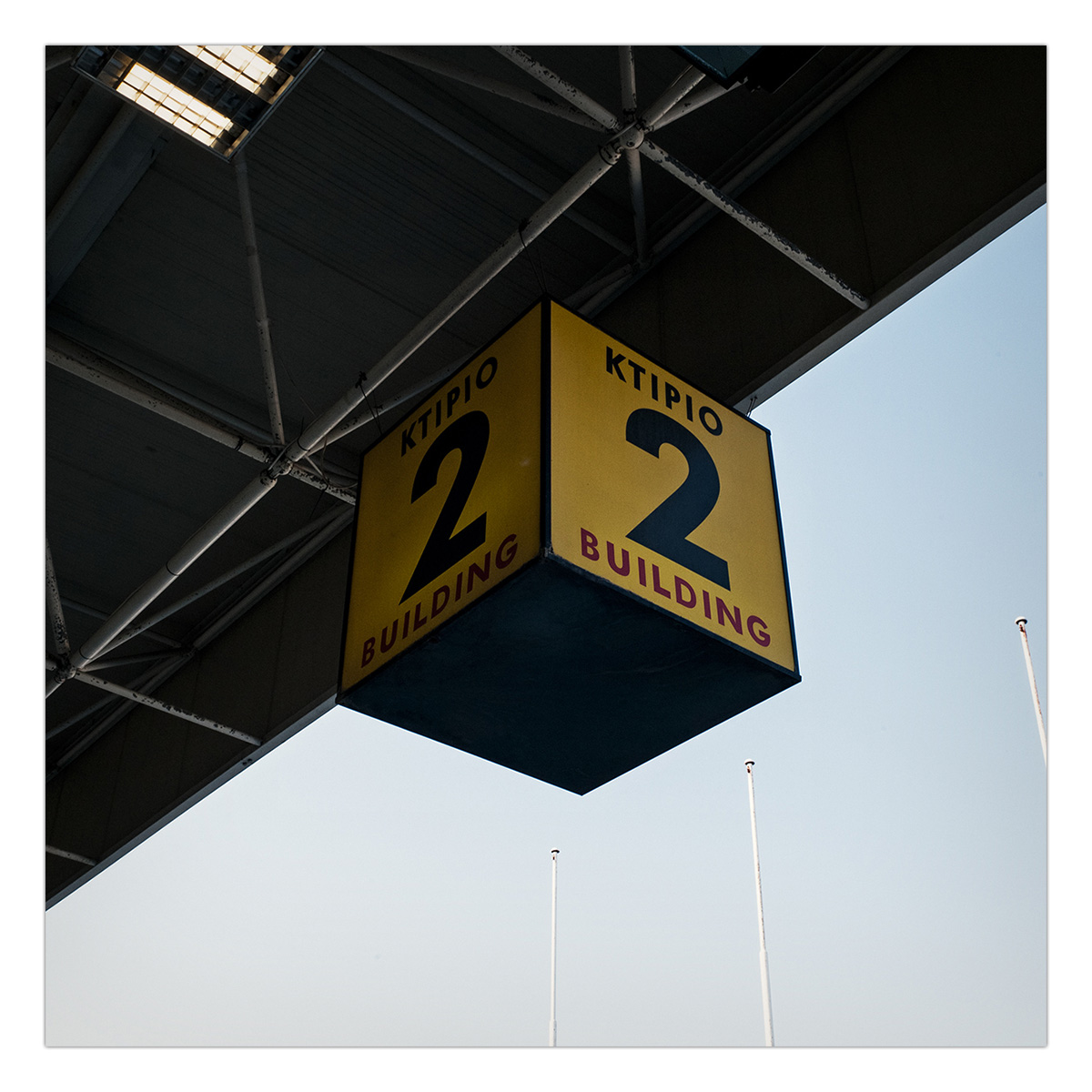 Departures | 2006 - 2009 | 24/52
Departures | 2006 - 2009 | 24/52 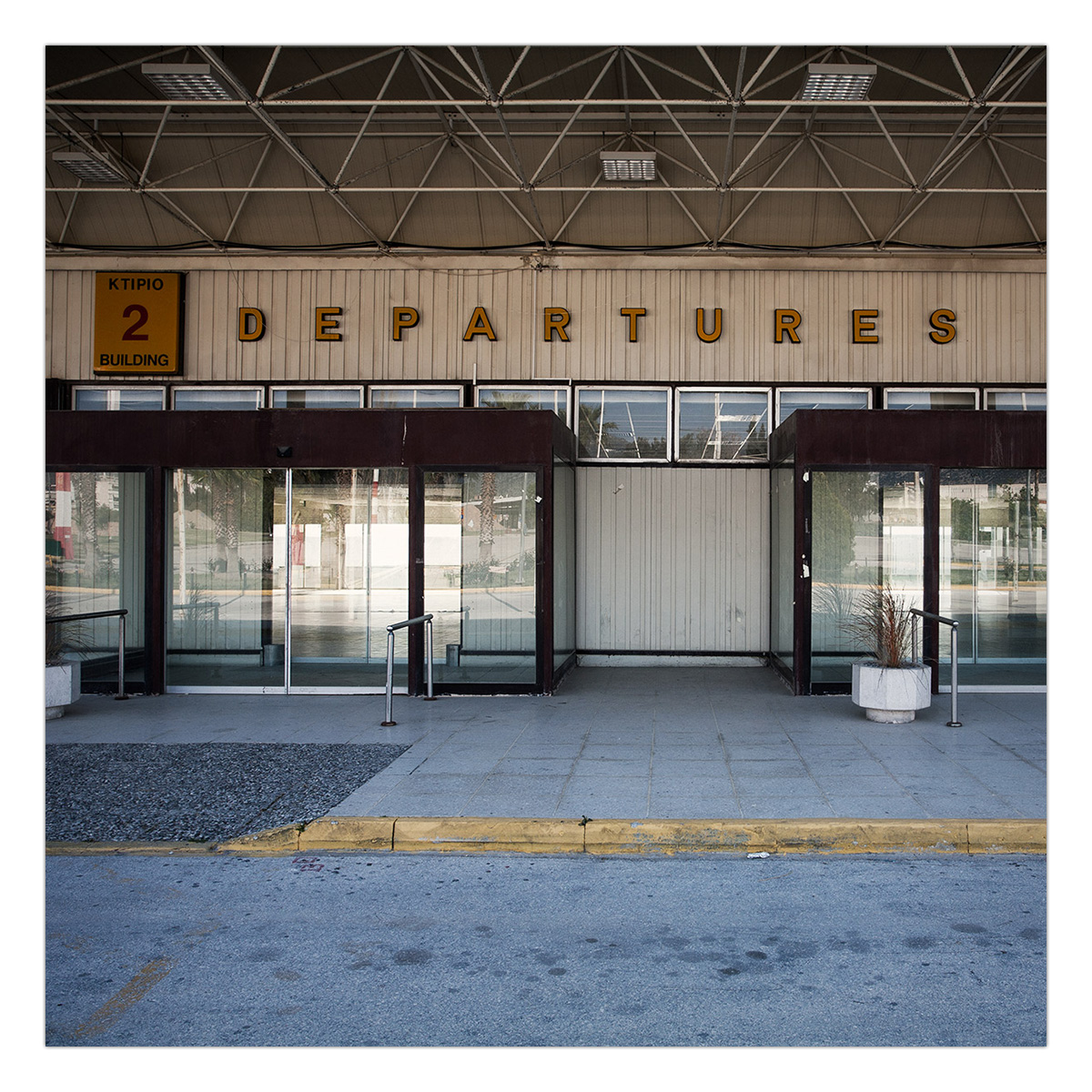 Departures | 2006 - 2009 | 25/52
Departures | 2006 - 2009 | 25/52 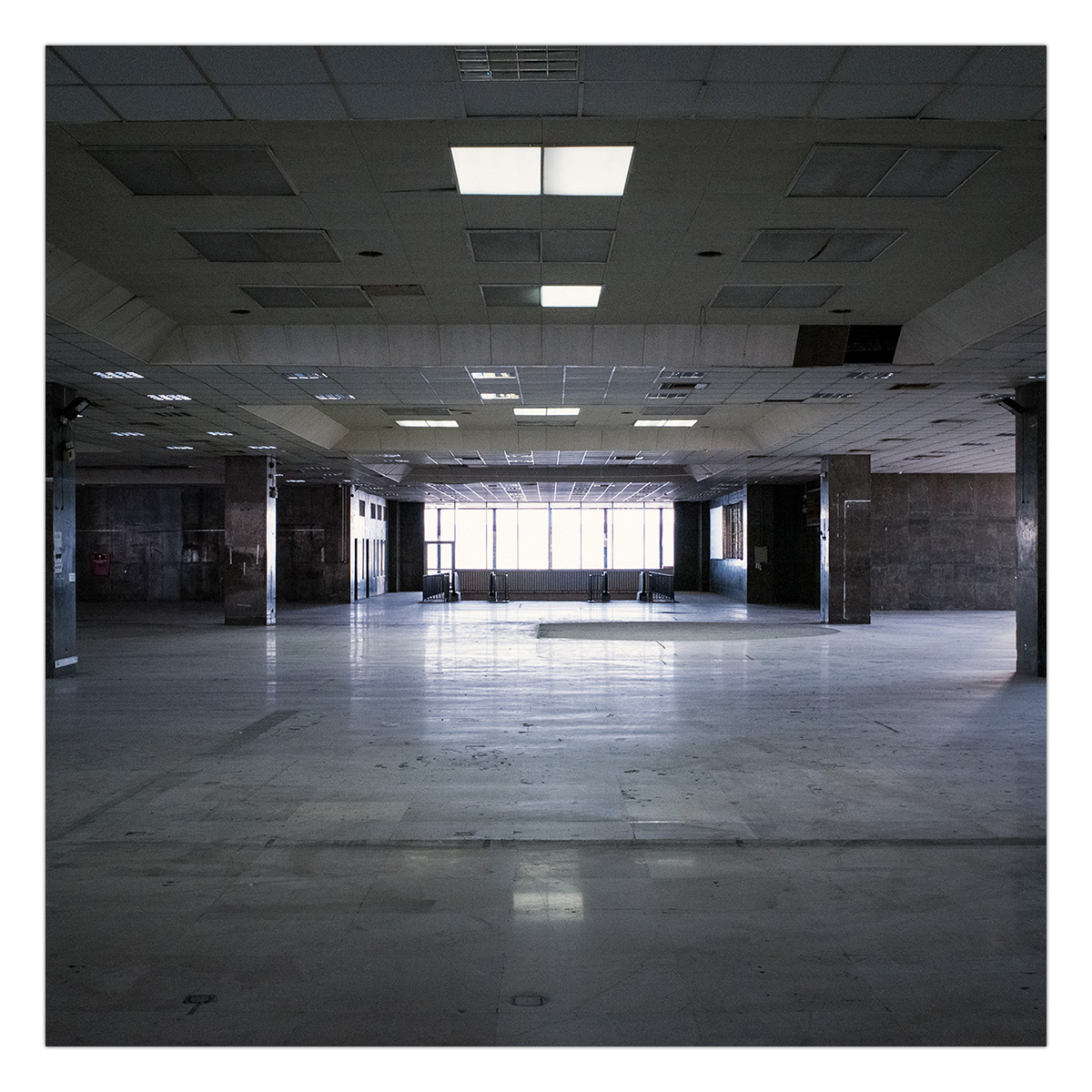 Departures | 2006 - 2009 | 26/52
Departures | 2006 - 2009 | 26/52  Departures | 2006 - 2009 | 27/52
Departures | 2006 - 2009 | 27/52  Departures | 2006 - 2009 | 28/52
Departures | 2006 - 2009 | 28/52  Departures | 2006 - 2009 | 29/52
Departures | 2006 - 2009 | 29/52  Departures | 2006 - 2009 | 30/52
Departures | 2006 - 2009 | 30/52 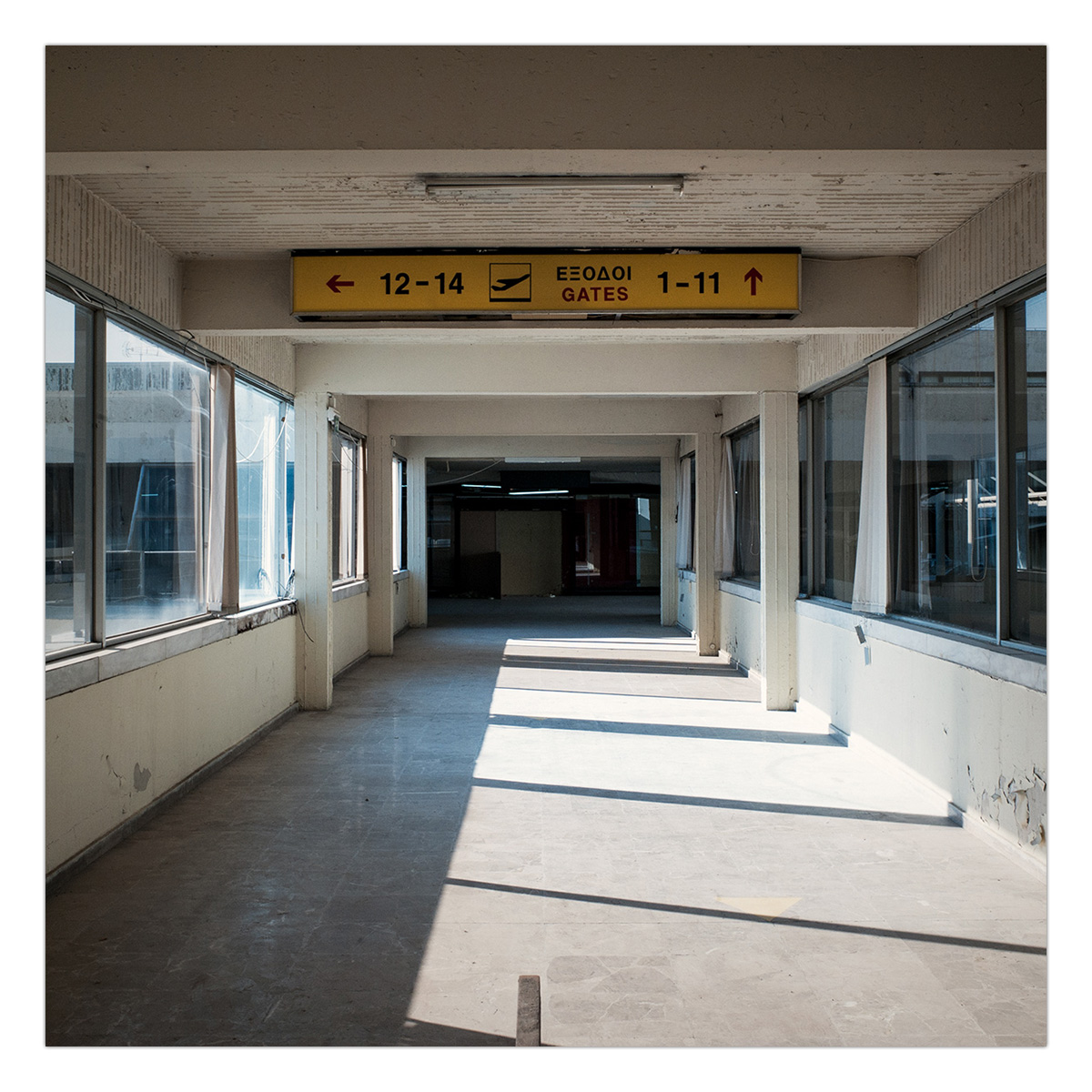 Departures | 2006 - 2009 | 31/52
Departures | 2006 - 2009 | 31/52 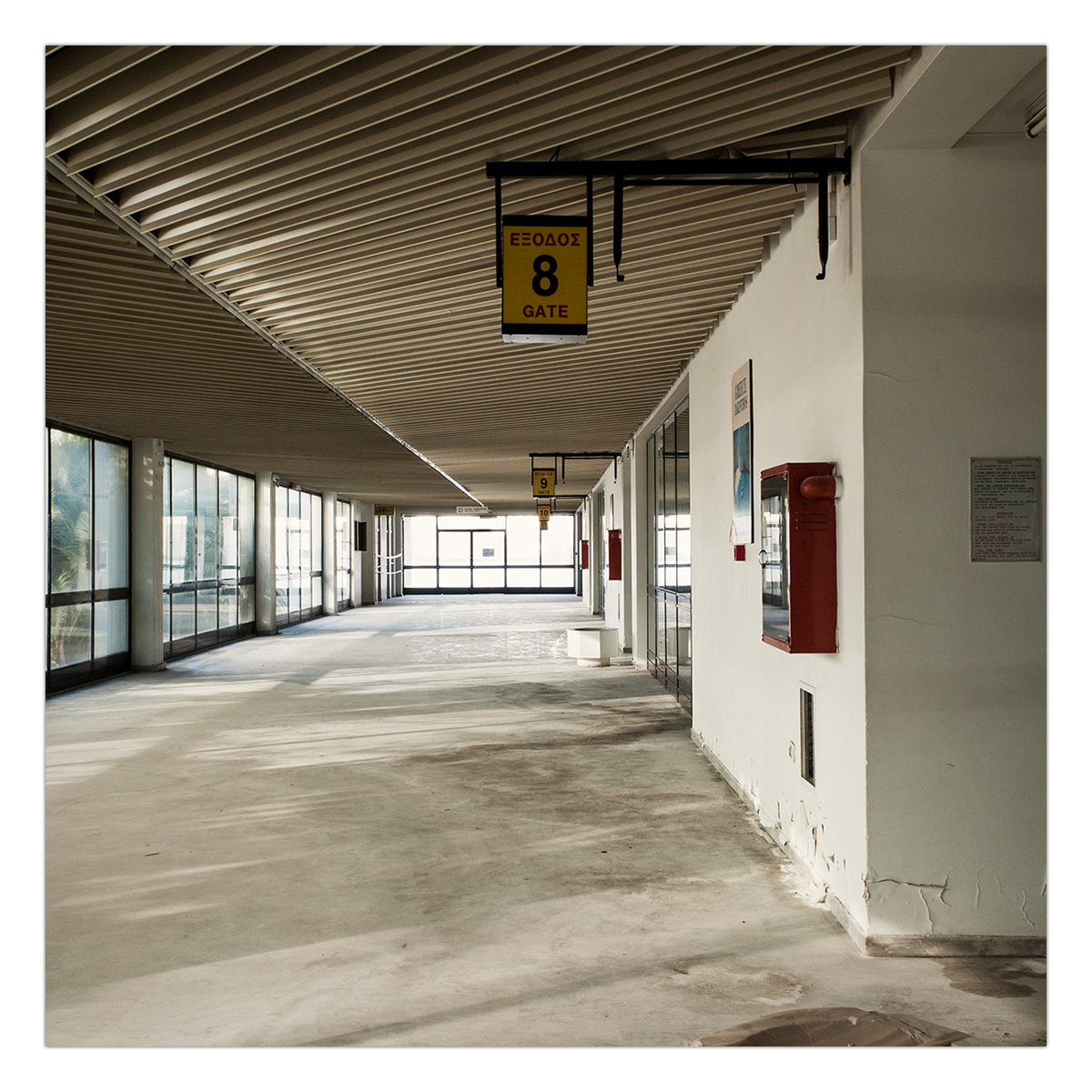 Departures | 2006 - 2009 | 32/52
Departures | 2006 - 2009 | 32/52 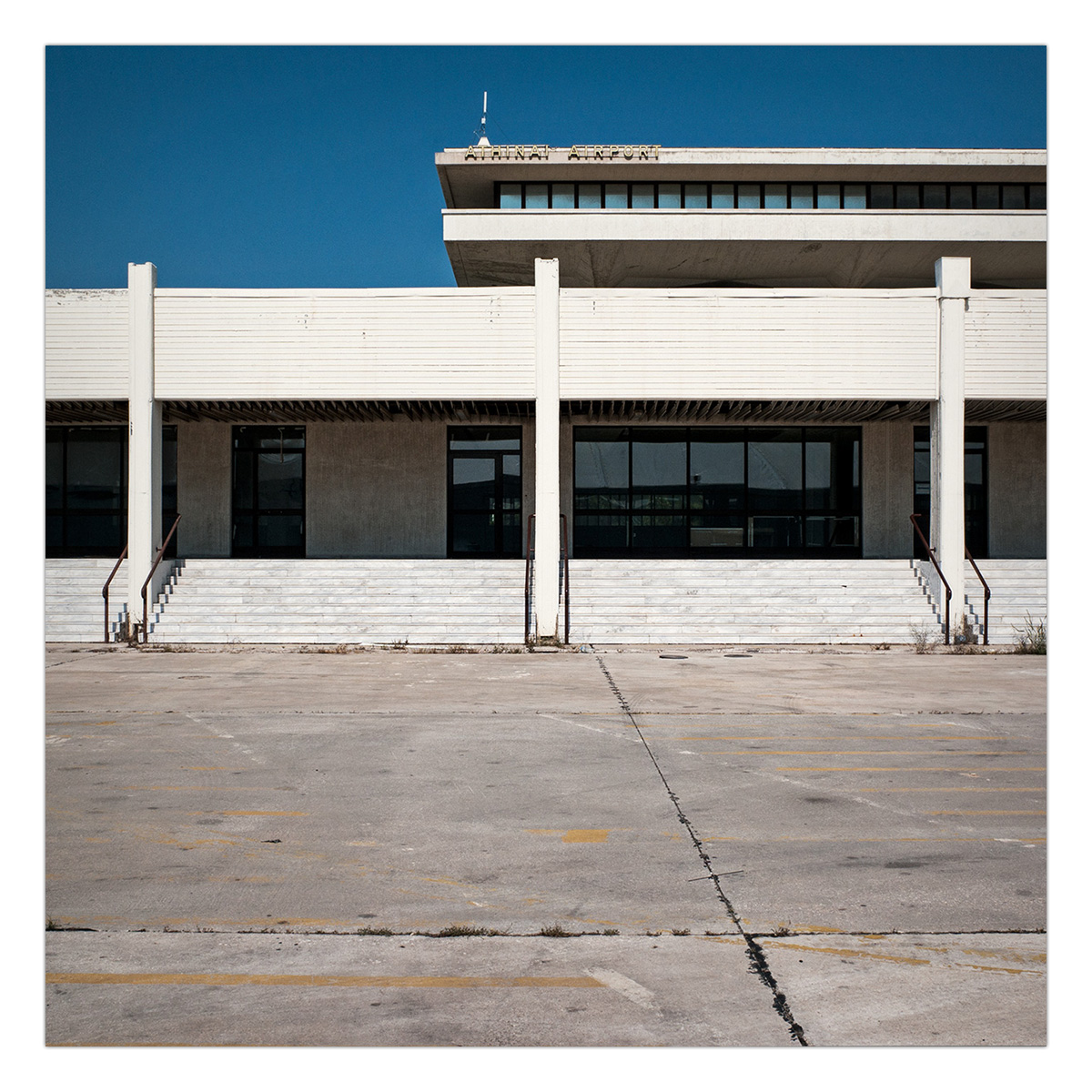 Departures | 2006 - 2009 | 33/52
Departures | 2006 - 2009 | 33/52 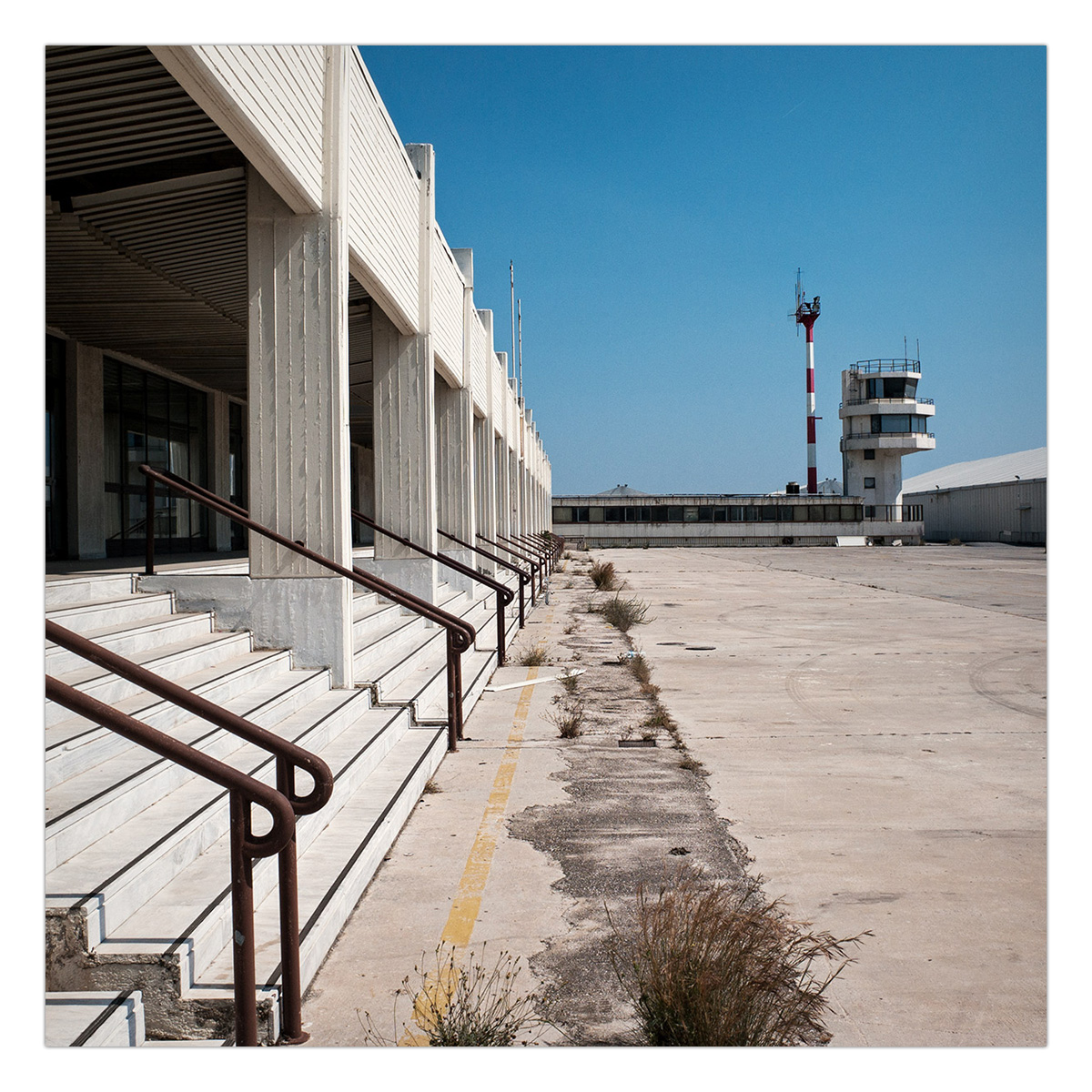 Departures | 2006 - 2009 | 34/52
Departures | 2006 - 2009 | 34/52  Departures | 2006 - 2009 | 35/52
Departures | 2006 - 2009 | 35/52 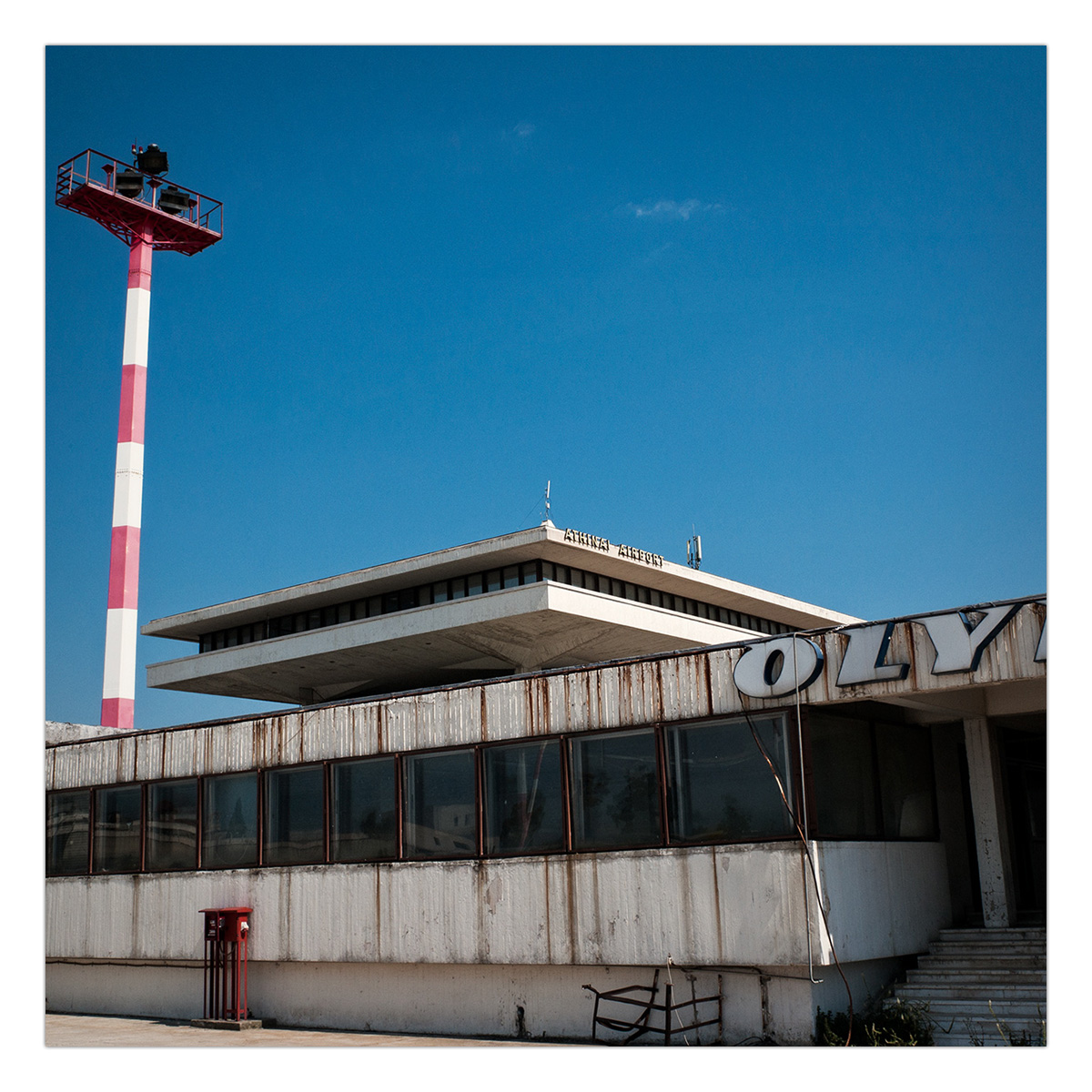 Departures | 2006 - 2009 | 36/52
Departures | 2006 - 2009 | 36/52 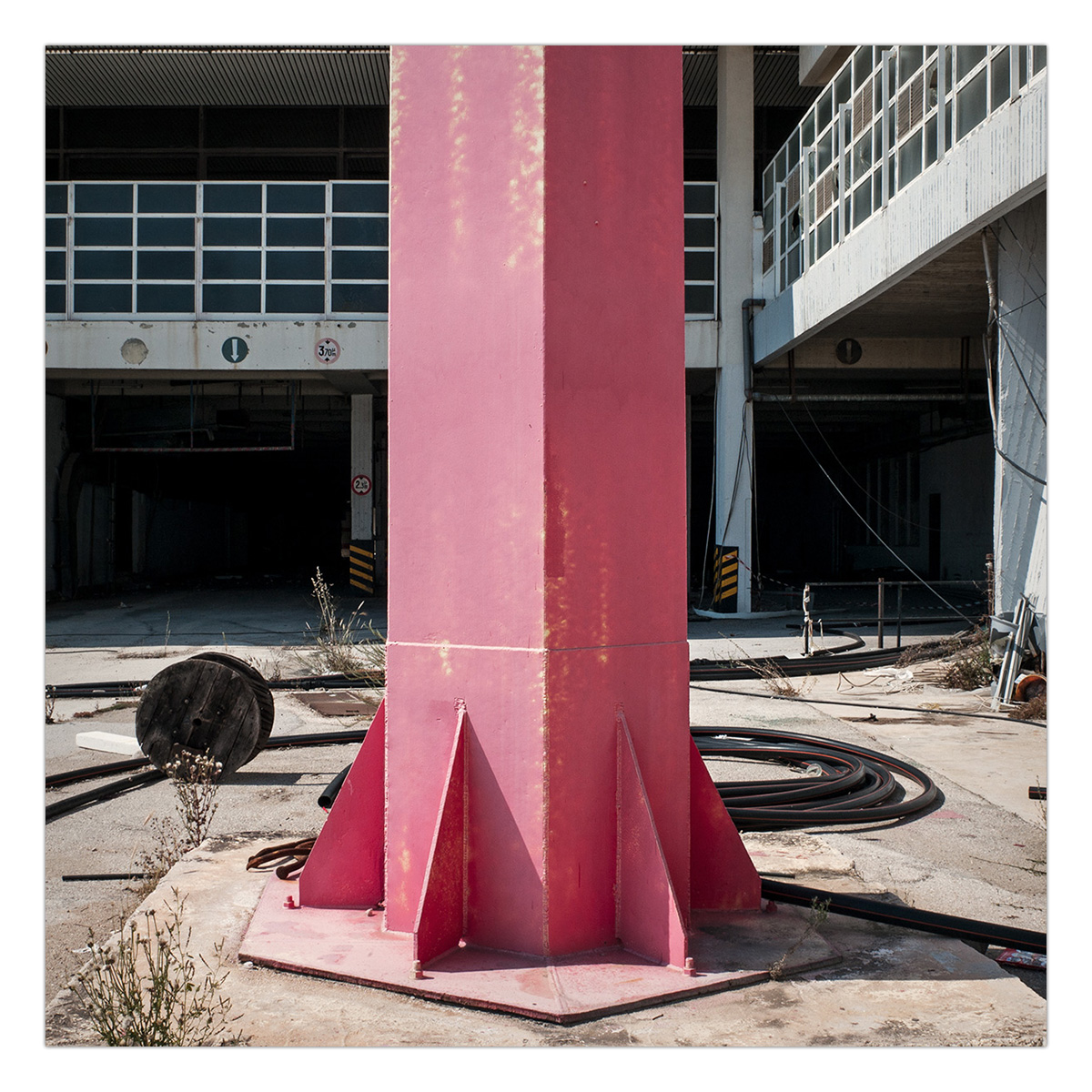 Departures | 2006 - 2009 | 37/52
Departures | 2006 - 2009 | 37/52 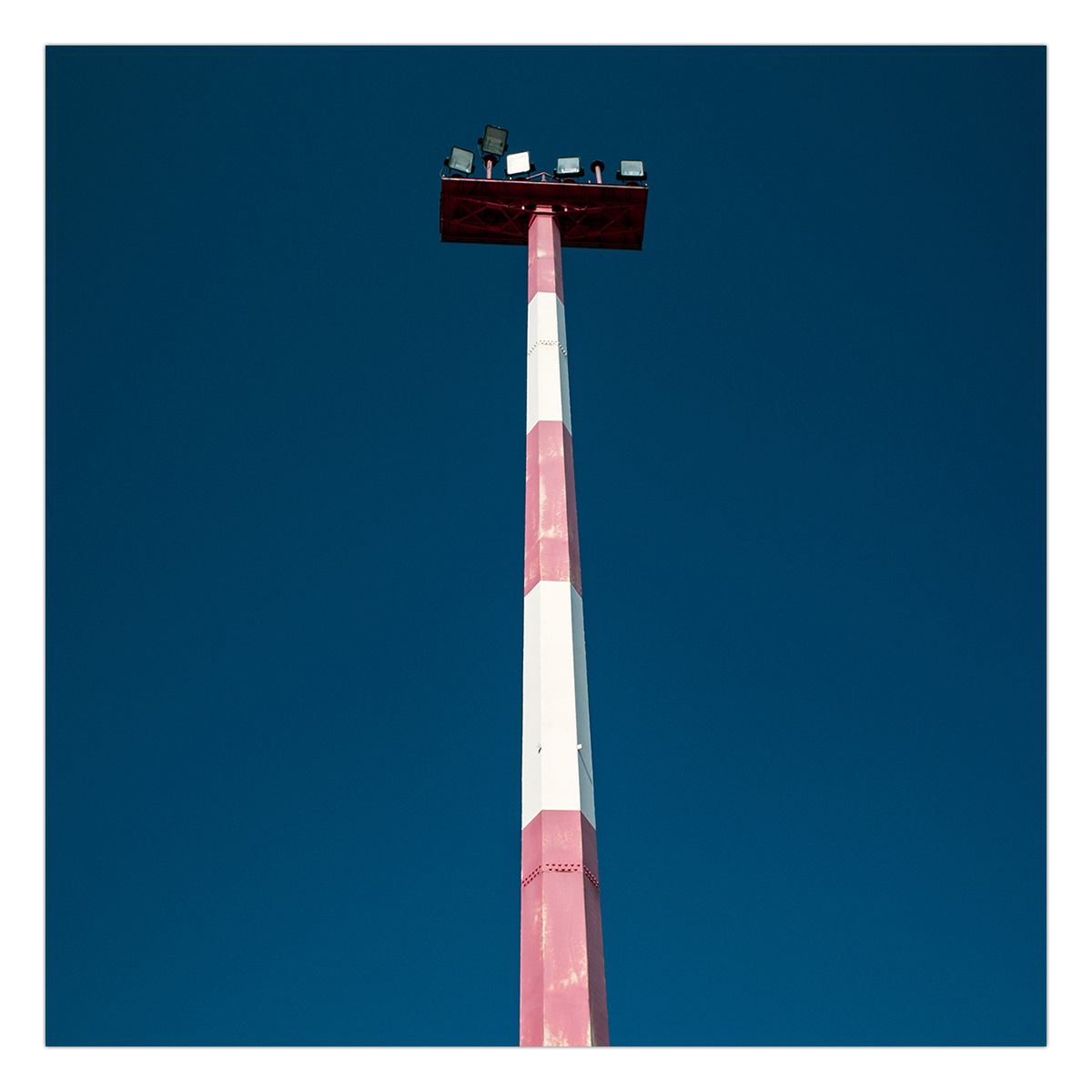 Departures | 2006 - 2009 | 38/52
Departures | 2006 - 2009 | 38/52 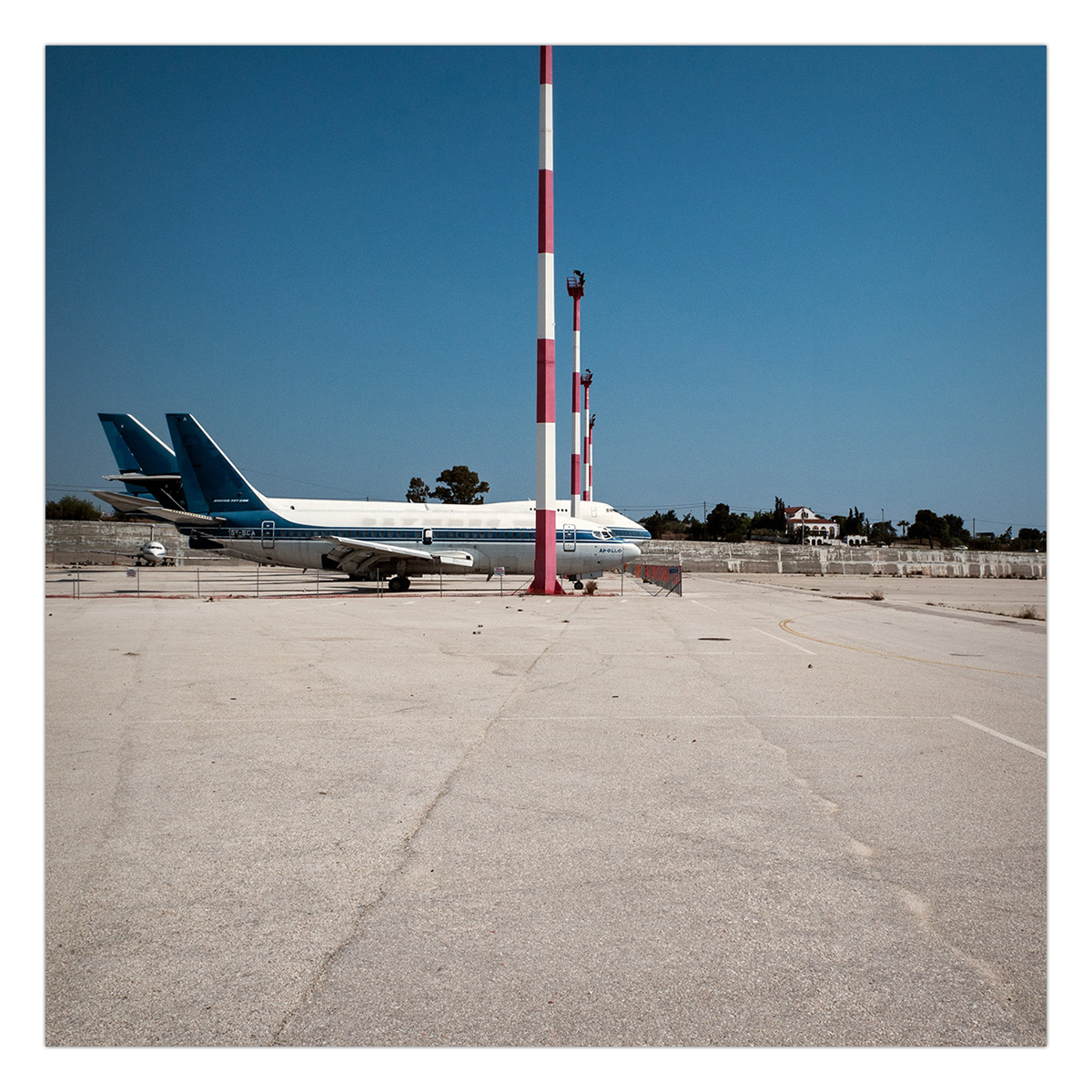 Departures | 2006 - 2009 | 39/52
Departures | 2006 - 2009 | 39/52 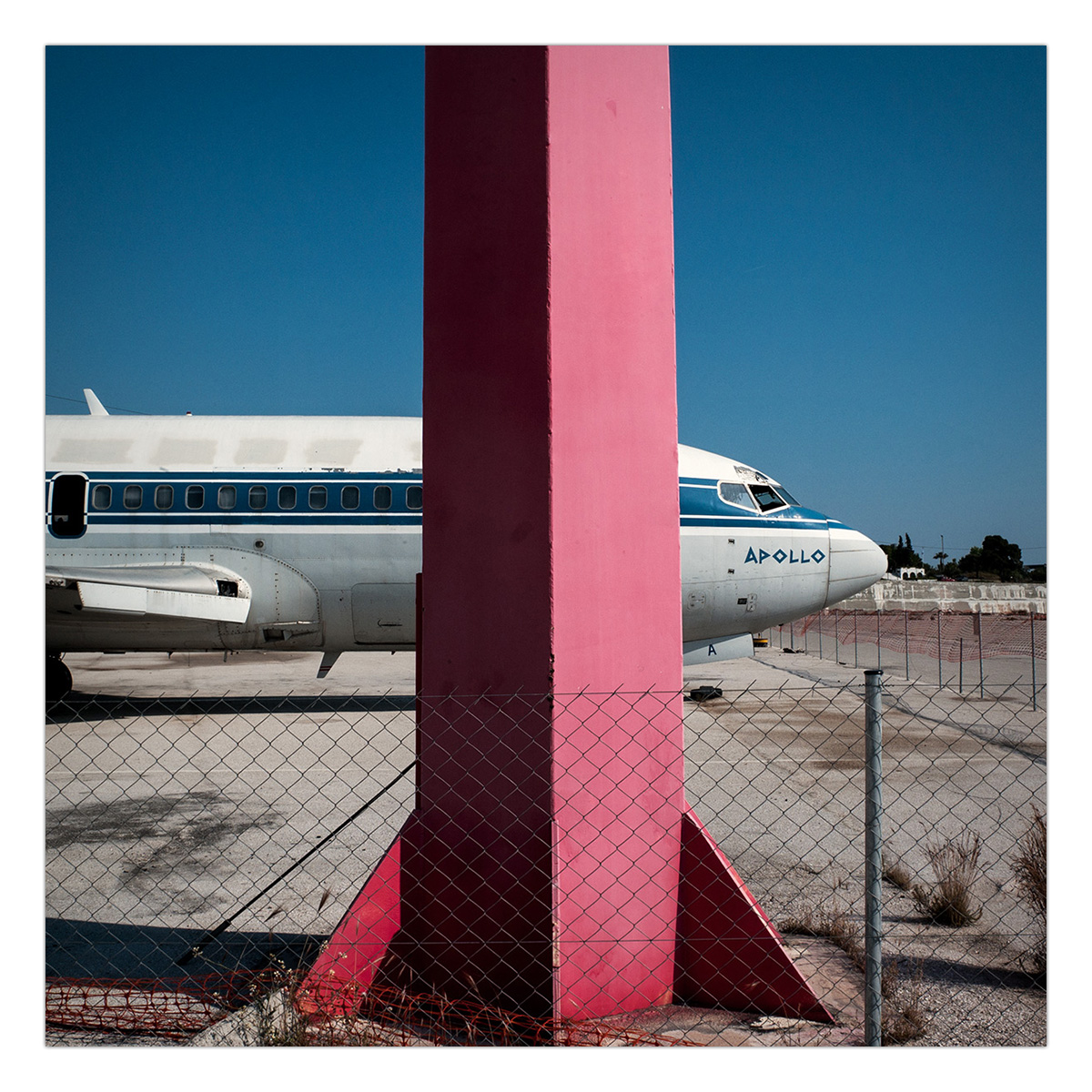 Departures | 2006 - 2009 | 40/52
Departures | 2006 - 2009 | 40/52 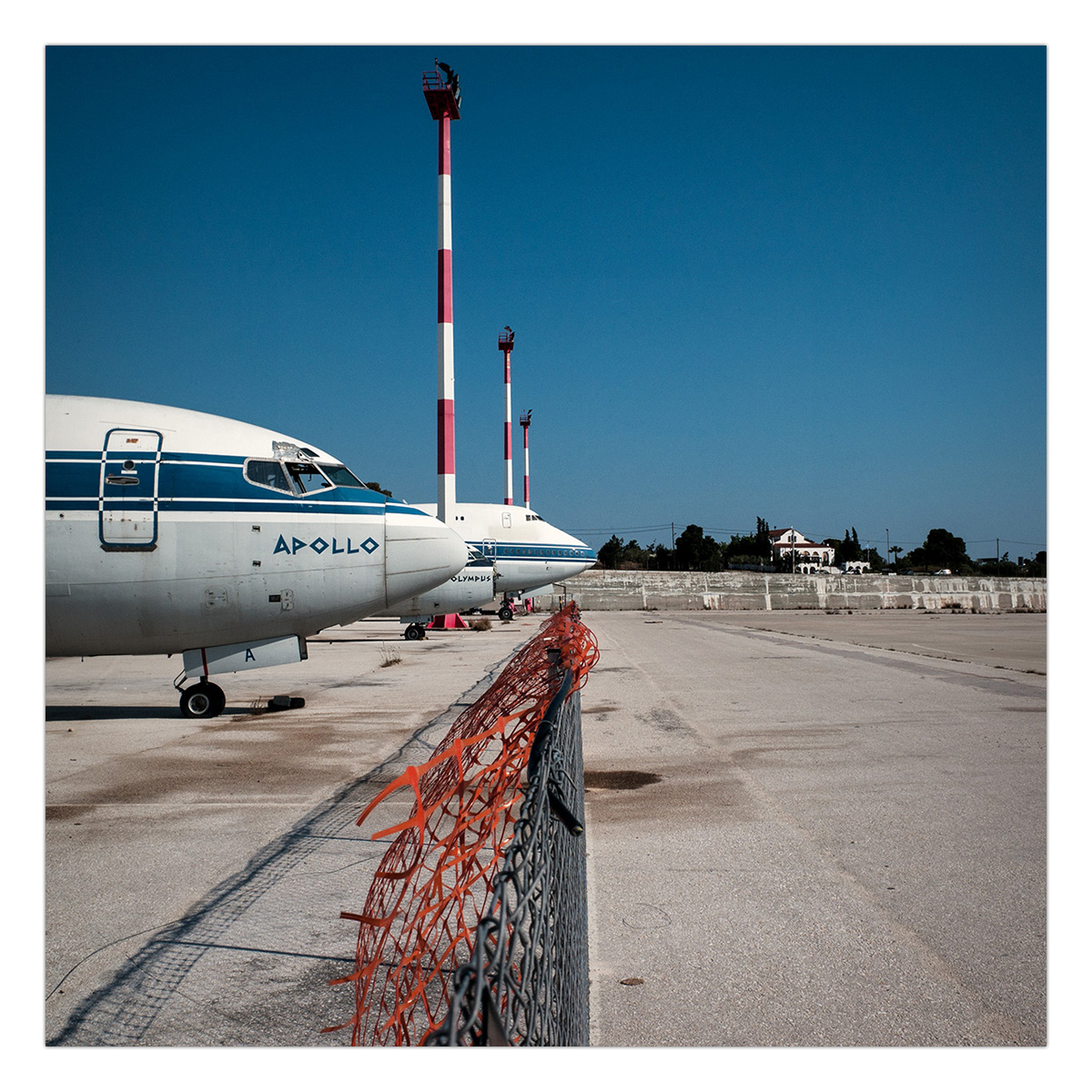 Departures | 2006 - 2009 | 41/52
Departures | 2006 - 2009 | 41/52 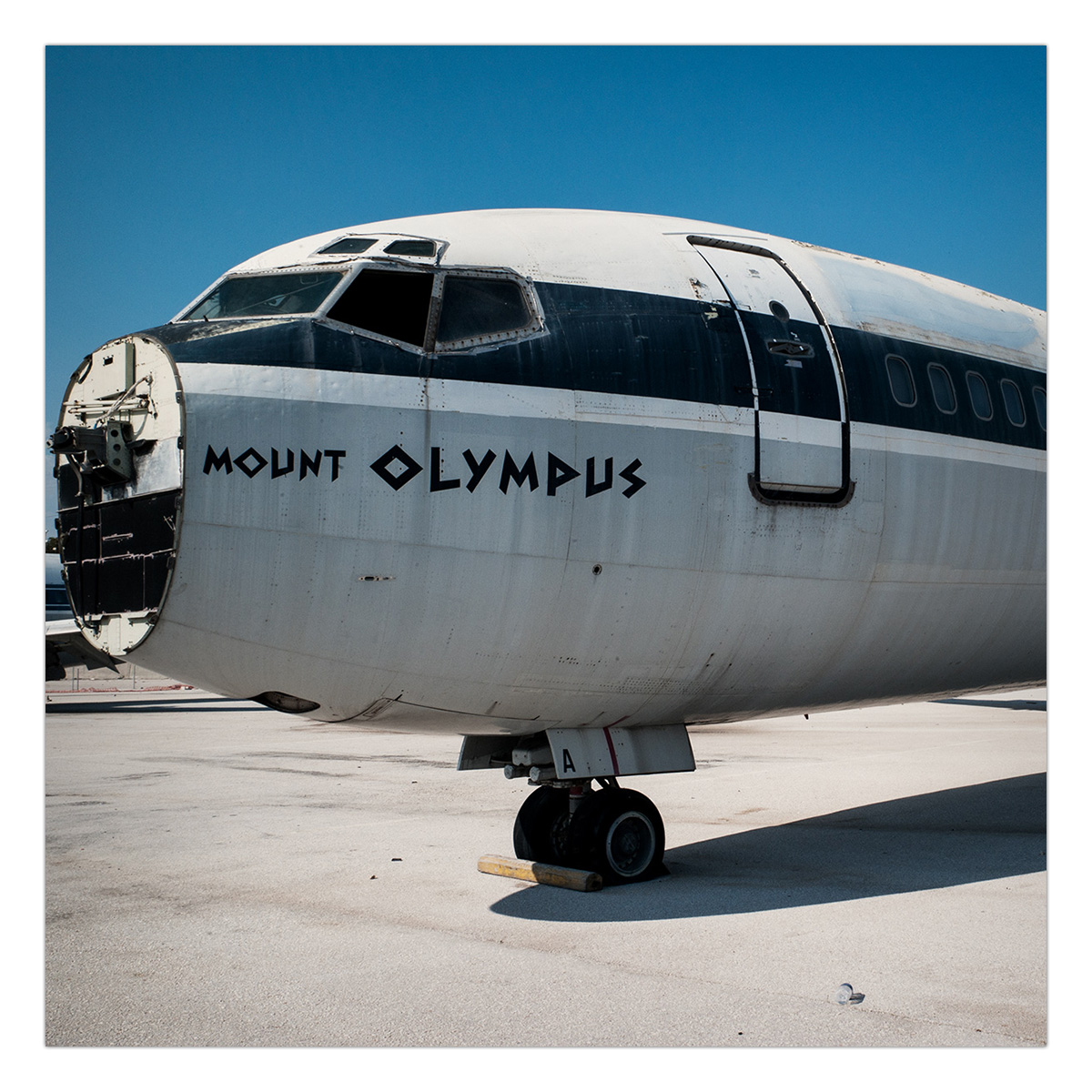 Departures | 2006 - 2009 | 42/52
Departures | 2006 - 2009 | 42/52 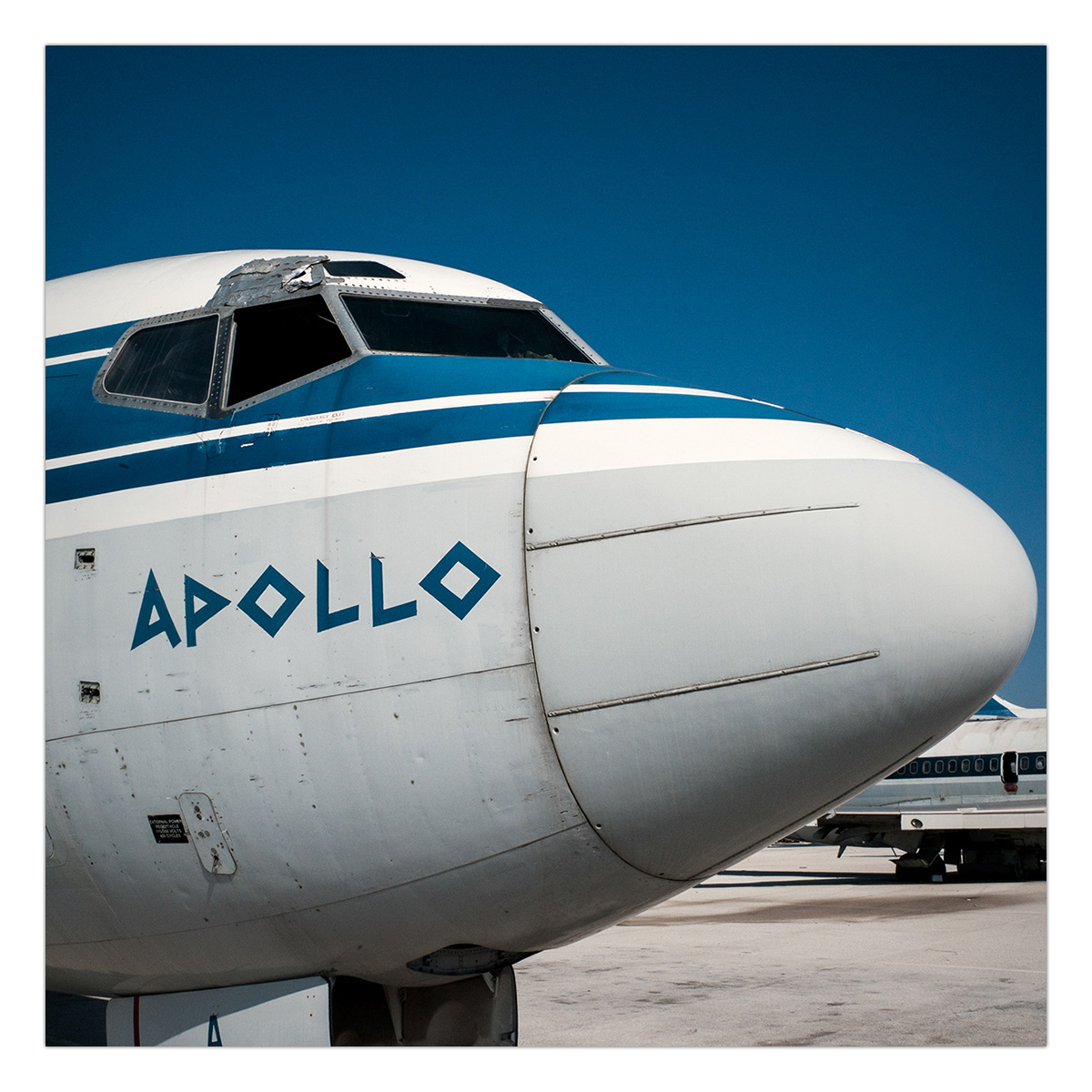 Departures | 2006 - 2009 | 43/52
Departures | 2006 - 2009 | 43/52  Departures | 2006 - 2009 | 44/52
Departures | 2006 - 2009 | 44/52  Departures | 2006 - 2009 | 45/52
Departures | 2006 - 2009 | 45/52  Departures | 2006 - 2009 | 46/52
Departures | 2006 - 2009 | 46/52  Departures | 2006 - 2009 | 47/52
Departures | 2006 - 2009 | 47/52  Departures | 2006 - 2009 | 48/52
Departures | 2006 - 2009 | 48/52  Departures | 2006 - 2009 | 49/52
Departures | 2006 - 2009 | 49/52  Departures | 2006 - 2009 | 50/52
Departures | 2006 - 2009 | 50/52  Departures | 2006 - 2009 | 51/52
Departures | 2006 - 2009 | 51/52  Departures | 2006 - 2009 | 52/52
Departures | 2006 - 2009 | 52/52